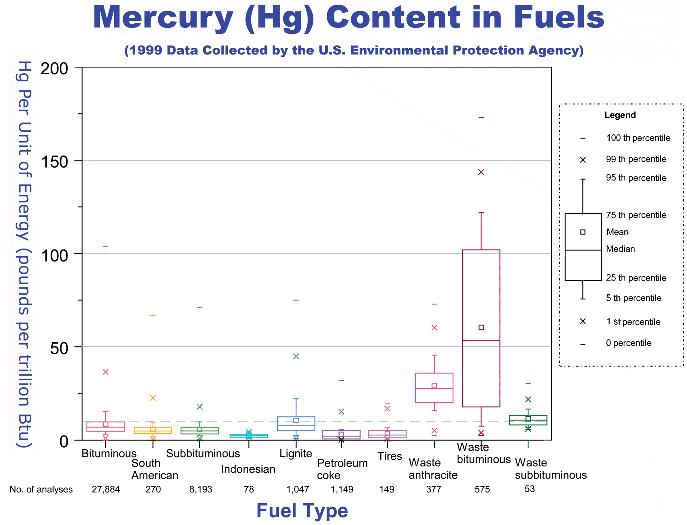Tag: coal
-
Boardman, Oregon Coal Plant Mulls Biomass
- by George Plaven, April 6, 2015, EO Media Group As a potential source of renewable energy, giant cane could be the answer to saving Portland General Electric’s coal-fired power plant in Boardman long after the facility quits using coal by 2020. On the other hand, as an invasive species, giant cane could spread wild across the Columbia…
-
Company to Burn Biomass in Escanaba, Michigan Coal-Fired Plant
- by Jenny Lancour, April 3, 2015, Escanaba Daily Press Anyone wanting to express comments on a company’s recent proposal to buy Escanaba’s power plant can attend a public hearing next week at city hall, according to city officials. A public hearing on a purchase proposal submitted by Sterling Energy Group, Inc. will be held during the…
-
Hawaii’s Only Coal-fired Power Plant May Switch to Biomass
- by Duane Shimgawa, August 28, 2014, Pacific Business News The only coal-fired power plant in Hawaii, which is the single largest generating plant on Oahu, is under financial stress because there is no financial reserve, according to the Hawaiian Electric Co.‘s new energy plan released this week. Hawaiian Electric is also asking AES Hawaiito convert some of the energy…
-
Why Solidarity is Needed More than Ever between Coal, Gas and Incinerator Fighters
- by Mike Ewall, Energy Justice Network Most progress in stopping polluting energy and waste industries is accomplished by grassroots activism, stopping one project at a time. Many assume that grassroots groups are “NIMBY” types just pushing polluters from one community to another. However, 50% to 95% of each wave of industrial development in recent decades has…
-
Trash Incineration More Polluting than Coal
To make the same amount of energy as a coal power plant, trash incinerators in 2018 released 65% more carbon dioxide (CO2), as much carbon monoxide, three times as much nitrogen oxides (NOx), five times as much mercury, nearly six times as much lead and 27 times more hydrochloric acid (HCl). Trash incinerators are the…
-
Methane’s Global Warming Potential makes Gas worse than Coal for Climate
We just updated our page on natural gas with links to the latest studies showing that methane is far more potent for global warming than EPA considers it. Next time you’re hearing how much natural gas is a transition fuel or that it’s better than coal — or that landfill gas should be burned for energy (which releases more methane than…
-
hina’s Coal Problem
Christina Nunez National Geographic Published October 22, 2013 Choked with smog that shut down roads, schools, and its main airport, the city of Harbin (map) this week offered a striking reminder that China has a long way to go in addressing the hazards caused by its dependence on coal. Visibility in the northeastern city of more than 10…
-
Trash and Biomass Incineration Worse for the Climate than Coal
After bringing together the nation’s grassroots “No New Coal Plants” network in 2006, helping stop over 100 coal plant proposals, we’ve focused back on biomass and trash incinerators, which are far more polluting, expensive and worse for the climate. On climate pollution, here’s where they fall: Please note that, especially with the practice of fracking, natural gas is actually worse…
-
Report: Biomass Dirtier Than Coal
Friends of the Earth (England, Wales, and Northern Ireland), Greenpeace, and the UK’s Royal Society for the Protection of Birds denounce burning trees for electricity as a greater threat to the climate over the coming decades than burning coal, the dirtiest fossil fuel, in a report released in November. The report, Dirtier Than Coal: Why Government plans to subsidise…
-

Mercury in Waste Coal
Above chart from “Mercury and Utilities: Current Control Technologies” (7/31/2001 EPA presentation, page 6), based on EPA’s 1999 Information Collection Request (ICR) (download raw data or view their summary data in Excel. More concise summary data comparing BTU, mercury and sulfur content of coals by region available from the U.S. Department of Energy’s Energy Information…
